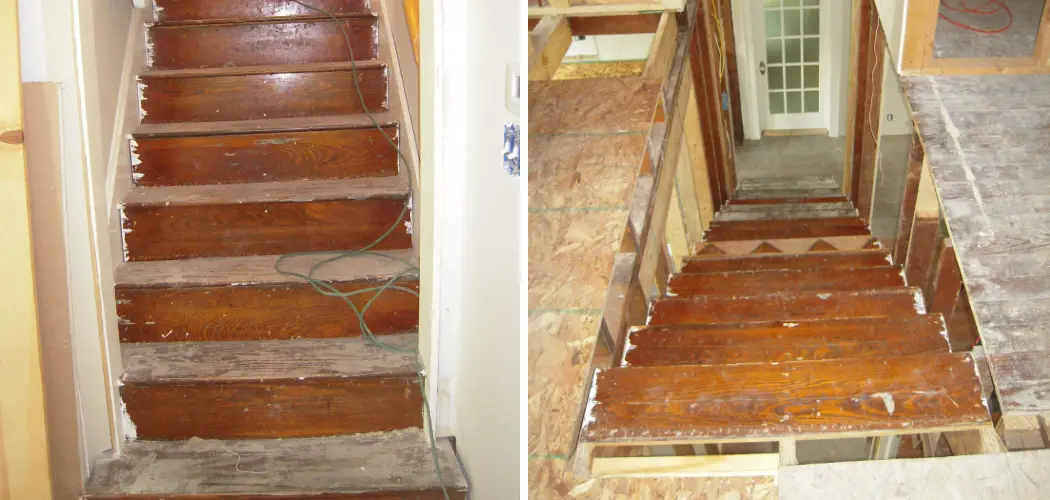Making stairs less steep is an important consideration for any building or structure. Steep stairs can be dangerous, especially for young children, elderly individuals, and those with mobility issues. In fact, according to the National Safety Council, falls are the leading cause of nonfatal injuries in the United States, and nearly half of these falls occur on stairways.
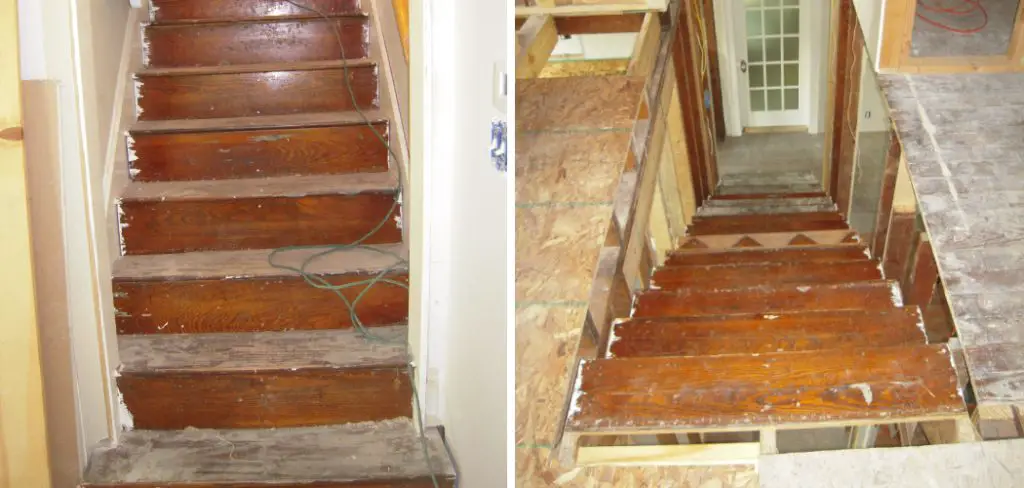
When designing a set of stairs, one important factor to consider is the steepness of the staircase. Steep stairs can be dangerous and difficult to climb, especially for young children, elderly individuals, or those with mobility issues. In fact, according to a study by the Centers for Disease Control and Prevention (CDC), falls on stairs are responsible for more than 1 million injuries each year in the United States alone. In this blog post, You will learn how to make stairs less steep.
Step-by-step Instructions for How to Make Stairs Less Steep
Step 1: Inspect the Current Stairs
Take a close look at your current stairs and identify if any issues are causing them to feel too steep. This could include design flaws, uneven steps, or improper spacing. The rise refers to the height of each step, while the run is the depth of each step. Measure these dimensions using a measuring tape to determine the current steepness of your stairs.
Step 2: Calculate the Ideal Rise and Run
Based on safety standards, the ideal rise should be no more than 7.5 inches, while the run should be between 10 and 11 inches. Use these measurements as a guide when making adjustments to your stairs. If your stairs are too steep, adding a landing midway through the staircase may be beneficial. This allows for a break between steps and makes the climb less daunting.
Step 3: Adjust the Rise and Run
Using your measured dimensions and the ideal rise and run, calculate how much you need to decrease or increase each step’s height and depth. This will help you make precise adjustments to your stairs. Use a level to check each step’s slope to ensure that your stairs are even and safe. Adjust until all steps are level with the same rise and run measurements.
Step 4: Add Treads and Risers
If your stairs do not have treads and risers, consider adding them to help make the climb less steep. These can be purchased at a home improvement store or DIYed with materials like plywood. Handrails provide additional support and safety when using the stairs. Ensure they are securely attached and extend beyond the top and bottom steps for easy access.
Step 5: Consider a Lower Placed Handrail
For those with mobility issues, consider installing a lower-placed handrail in addition to the standard height one. This allows for easier access and support while climbing or descending the stairs. Add non-slip treads to each step to prevent slips and falls on steep stairs. These can be purchased in various designs and materials to match your stairs’ aesthetic.
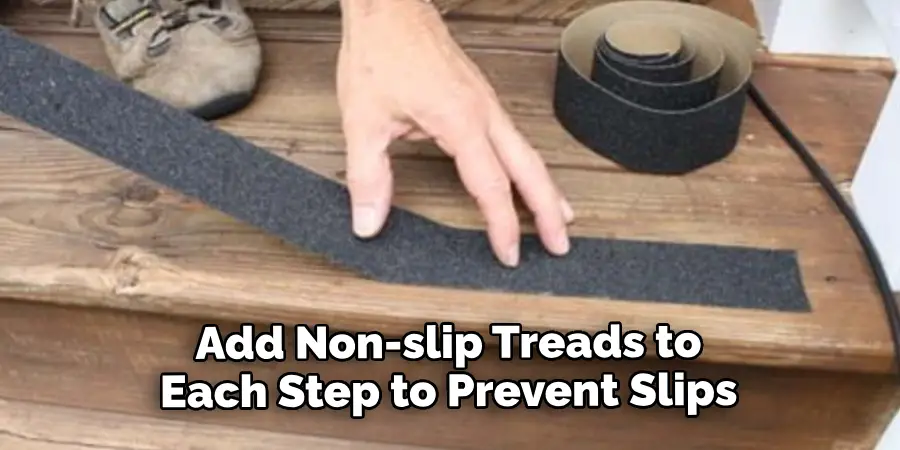
Step 6: Improve Lighting
Inadequate lighting can make steep stairs even more dangerous. Ensure the area is well-lit, or consider installing additional lighting to improve visibility.
If you need help with how to adjust your stairs or feel uncomfortable doing so properly, seek a professional contractor’s help. They will have the expertise and tools to make your stairs less steep while ensuring they remain safe and up to code.
Tips for How to Make Stairs Less Steep
- Start by measuring the height of your stairs. The standard rise for household stairs is between 7 and 7 ¾ inches (17.8 to 19.7 cm). Anything more than that can be considered steep.
- To make the stairs less steep, you can increase the depth or length of each stair tread. The minimum depth is usually 10 inches (25.4 cm), but you can make it between 11 and 12 inches (27.9 to 30.5 cm) for a more comfortable climb.
- Another option is to decrease the height of each step by adding an extra stair or two if there is enough space. This will make the climb less steep and more manageable.
- Add a second railing on the opposite side for extra support if your stairs are already built. This is especially helpful for young children or elderly individuals.
- Consider adding non-slip treads to the stair steps to prevent slipping accidents. This is especially important if the stairs are made of a slippery material like tile or hardwood.
- Ensure to keep the stairs well-lit, with enough lighting fixtures installed along both sides of the staircase. This will help prevent accidents and make it easier to navigate the stairs.
- Regular maintenance is key. Keep an eye out for loose or damaged steps, and fix them immediately. Also, ensure that the stairs are clean and free of clutter that could cause tripping hazards.
What Are the Benefits of Having Less Steep Stairs?
Having less steep stairs not only improves safety but it also has other benefits. Here are some of the main advantages:
1. Accessibility
Making stairs less steep can make them more accessible for individuals with mobility issues or disabilities. It allows for easier movement and reduces the risk of accidents.
2. Comfort
Climbing up and down stairs can be tiring, especially if they are too steep. Making them less steep can make the climb more comfortable and less strenuous on your body.
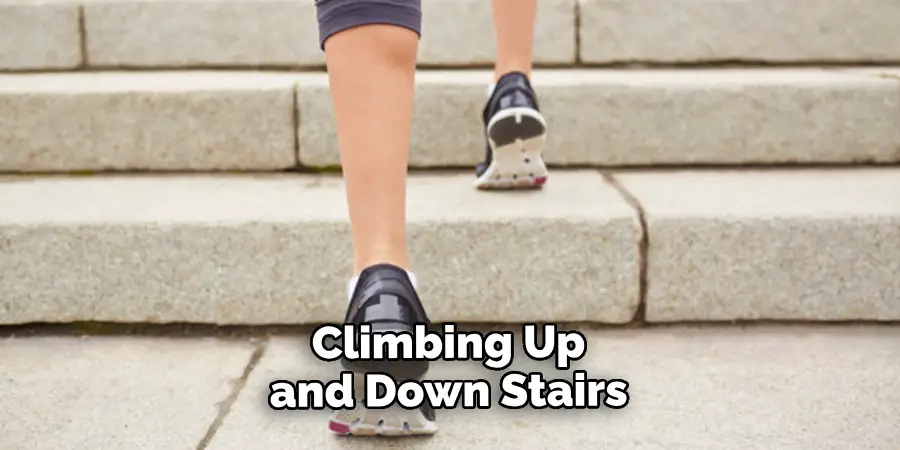
3. Space-saver
In some cases, decreasing the steepness of stairs can actually save space. Adding an extra step or two allows you to maintain a gradual incline while taking up less overall space.
4. Aesthetics
Less steep stairs can also improve a room or home’s overall look and feel. Steep stairs can often appear clunky or out of place, whereas less steep stairs can blend in more seamlessly with the rest of the design.
5. Future-proofing
As we age, our mobility may decrease, making it more difficult to navigate steep stairs. By making them less steep now, you are future-proofing your home and ensuring that it remains accessible for years to come.
6. Property Value
Lastly, having less steep stairs can increase the value of your property. It is a desirable feature for potential buyers, especially those with young children or elderly family members.
Are There Any Maintenance Tips for Keeping Your Newly Created Less Steep Stairs Safe and Functional?
Many people are tempted to take the DIY approach to save some money when it comes to home renovation projects. However, when it comes to making stairs less steep, it is important to consider the safety and functionality of your stairs. It is highly recommended to seek professional advice and assistance for this project. If you are determined to make your stairs less steep on your own, there are some important things to remember.
First and foremost, always follow building codes and safety regulations. These regulations are put in place to ensure the safety of you and your family and any visitors who may use the stairs. When it comes to design elements for less steep stairs, a few key features should be considered. These include the rise and run of the stairs, as well as handrails and landings. The rise refers to the vertical height between each step, while the run is the horizontal depth of each step.
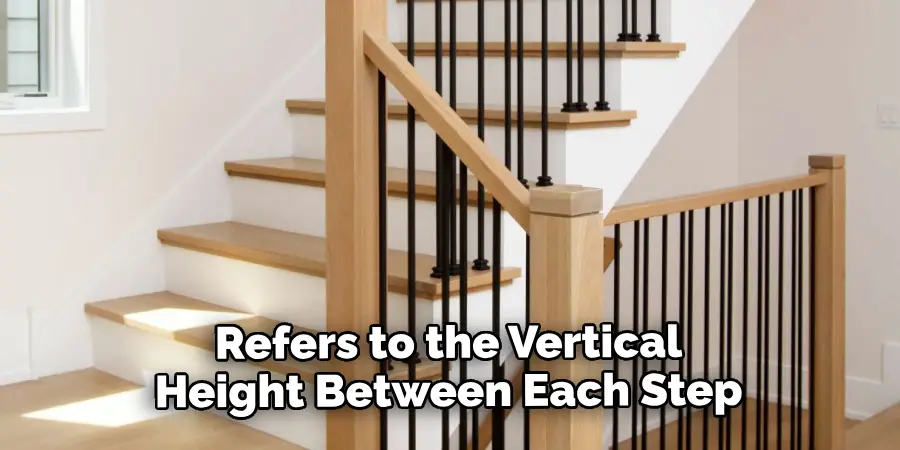
How Can You Prevent Your Stairs From Becoming Steep Again in the Future?
Stairways are essential to any multi-level building, providing a safe and easy way to move between floors. However, steep stairs can be a real challenge for some individuals, especially the elderly or those with limited mobility.
If you want to make your stairs less steep, you’ve already tackled this problem. You could have added non-skid treads, installed handrails, or even had a professional contractor remodel your stairs. This article will explore preventive measures to keep your stairs safe and comfortable for years.
1. Regular Maintenance
Regular maintenance is one of the best ways to prevent your stairs from becoming too steep. Over time, the steps on your stairs may start to wear down, causing them to become more slippery and steep. To prevent this from happening, it’s crucial to check and maintain your stairs regularly.
Here are some tips for maintaining your stairs:
- Check for any loose or damaged treads or handrails
- Tighten loose screws or bolts
- Replace worn treads or handrails
- Keep the stairs clean and free from debris to prevent slipping accidents
By performing these simple maintenance tasks regularly, you can ensure that your stairs remain safe and comfortable.
2. Consider Adding a Landing
If your staircase is located in a tight space, it may be challenging to add a landing. However, adding a small platform at one or more points along your stairs can significantly reduce the steepness of your steps. A landing is a flat area where stairs change direction, providing a safe resting point for those who need it.
If you have enough space, consider adding a landing at the midpoint or any other point along your stairs. This will make your stairs less steep and provide a convenient spot to take a break while climbing.
3. Install Stair Lifts or Elevators
For individuals with limited mobile ty, stair lifts or elevators can be an excellent way to prevent steep stairs. These devices are installed along the staircase, providing a safe and comfortable ride up and down the stairs. They are especially beneficial for those struggling with balance or climbing steps.
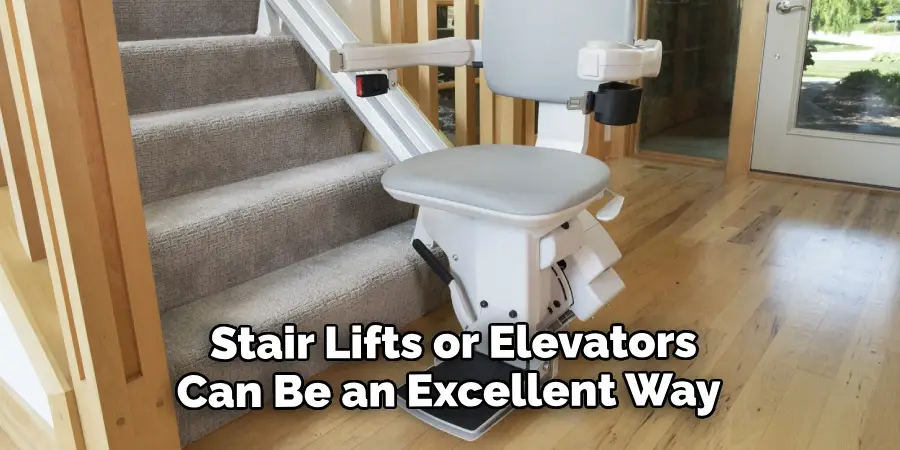
While installing stair lifts or elevators may be a more expensive option, they can greatly improve accessibility and prevent steep stairs from becoming a problem.
Conclusion
In conclusion, making stairs less steep is important in ensuring safety and accessibility in any home or building. By following the steps outlined in this blog, you can effectively reduce the steepness of your stairs and create a more comfortable and user-friendly staircase for all individuals.
Consider building codes, personal needs and preferences, and structural limitations when determining the best way to make stairs less steep. Whether adding a landing, reducing the riser height, or installing a handrail, many options are available to help you achieve a safer and more comfortable staircase. This article has been beneficial for learning how to make stairs less steep. Make Sure the preventive measures are followed chronologically.

